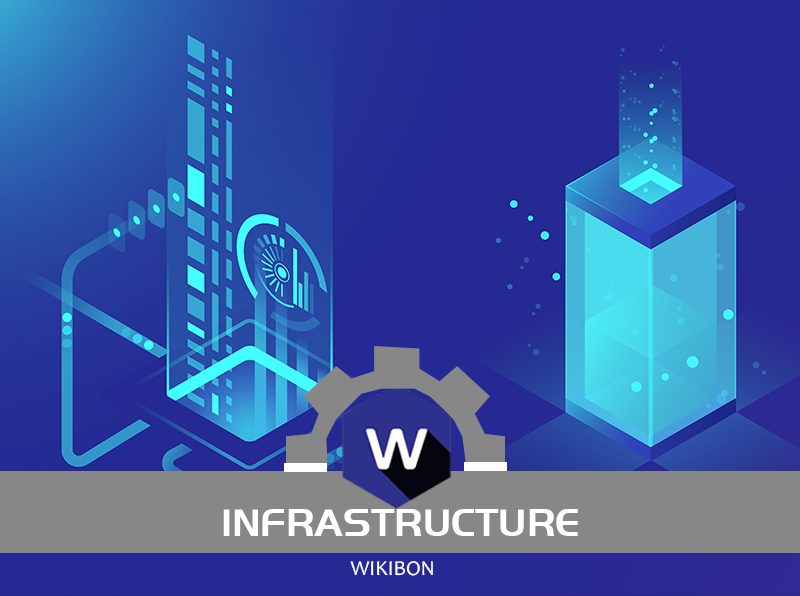
Peter Burris23






How does automation feature in your cloud architecture decisions? https://www.crowdchat.net/s/35spb

Andrew Miller
Table stakes - or should be. BUT...this is where the primitives vs. up the stack cloud approach can hurt. Primitives are great until you have to "manually automate" every single of them vs. have higher level policies that control a ton of items in one shot.

jameskobielus
AI-driven IT automation is an essential component in managing complex hybrid and multiclouds. That's especially true for DevOps over a never-ending stream of cloud-native microservice builds and deploys.

Stuart Miniman
Especially with hybrid and multicloud, automation is critical. Humans will not be able to keep up with the changes needed, policy and automation must be considered during the roll-out, not simply scripting after deployment. Like security, it needs to be baked into the process.

Sarbjeet Johal
In cloud native workloads, automation matters the most, as you gradually move to migrations of legacy workloads, it matters less (as of today). I believe automation has to be looked through two high level lenses CREATIONS (build) and OPERATIONS (Ops).

David Floyer
Automation and orchestration are key components that simplify an individual cloud. These capabilities will be needed in hybrid cloud environments. One way this can be achieved is automation for a specific plane - e.g., backup, recovery, data placement in the data plane.

Sarbjeet Johal
Beware: AUTOMATION in CREATION PART IS A TRAP. You want to make sure Operational Automation is Solid.

Andrew Miller
@stu Feels like we're also into imperative vs. declarative models. Has to be more "here's what it should look like at the end / desired state" than specify every precise item.












